Harnessing Inner Winds: The Vayu Mudra and Yoga Asanas
In the vast realm of yoga and its associated practices, the Vayu Mudra stands out as a potent gesture that can help balance the vital energy within us. Vayu, meaning "wind" in Sanskrit, represents the air element in our body, and this mudra is believed to help regulate and channel this energy for various physical and mental benefits. In this blog, we'll explore the Vayu Mudra and complement it with some yoga asanas to enhance its effects.
The Vayu Mudra:
**How to Perform Vayu Mudra:**
1. Sit comfortably in a cross-legged position (or on a chair with your feet flat on the ground).
2. Keep your back straight and shoulders relaxed.
3. Focus on your breath for a few moments to center yourself.
4. Bring your index finger to the base of your thumb, gently pressing it.
5. Curl your thumb over your index finger to touch the tip of your thumb to the middle joint of your index finger.
6. Keep the other three fingers extended but relaxed.
7. Maintain this mudra with both hands, placing them on your knees, palms facing upward.
Benefits of Vayu Mudra:
1. **Relieves Gas and Bloating:** The Vayu Mudra is excellent for reducing excess air in the stomach and intestines, alleviating gas and bloating.
2. **Anxiety and Stress Reduction:** This mudra can calm the mind, reduce anxiety, and promote mental clarity.
3. **Improves Digestion:** It aids in improving digestion by stimulating the Agni (digestive fire).
4. **Pain Relief:** Vayu Mudra may alleviate joint and muscle pain.
5. **Enhances Concentration:** It helps enhance focus and concentration by balancing the air element in the body.
Complementary Yoga Asanas:
1. **Balasana (Child's Pose):** Begin your practice with Balasana to ground yourself and prepare for Vayu Mudra. It promotes relaxation and gently stretches the lower back.
2. **Apanasana (Knee-to-Chest Pose):** This pose complements Vayu Mudra by further aiding in digestion and releasing trapped gases. Lie on your back and bring your knees to your chest while inhaling, exhale as you hug them closer.
3. **Bhujangasana (Cobra Pose):** Cobra Pose opens the chest and promotes deep breathing. It enhances lung function, which synergizes well with Vayu Mudra's focus on air element balance.
4. **Dandasana (Staff Pose):** Sit upright with your legs extended. This asana helps you maintain an aligned spine, a key element for focusing your prana or vital energy.
5. **Savasana (Corpse Pose):** Conclude your practice with Savasana, allowing your body to absorb the benefits of the asanas and Vayu Mudra. It promotes deep relaxation.
The Vayu Mudra is a simple yet effective practice to balance the air element within us, offering numerous physical and mental benefits. When combined with complementary yoga asanas, it becomes a holistic approach to achieving inner harmony. Remember that regular practice, patience, and mindfulness are key to experiencing the full potential of the Vayu Mudra and yoga asanas in your life.

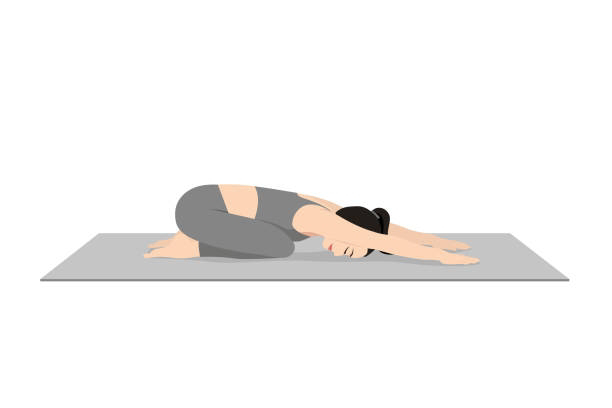


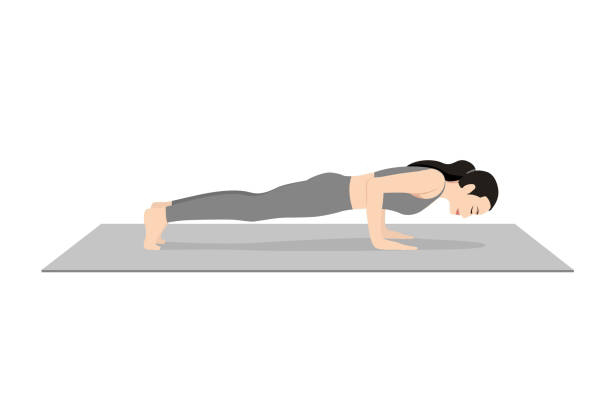
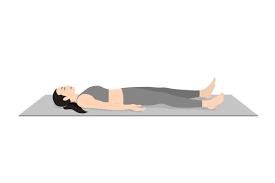
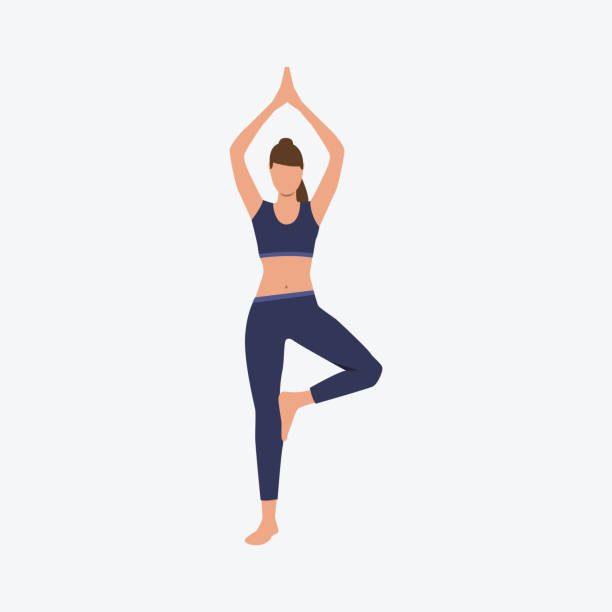
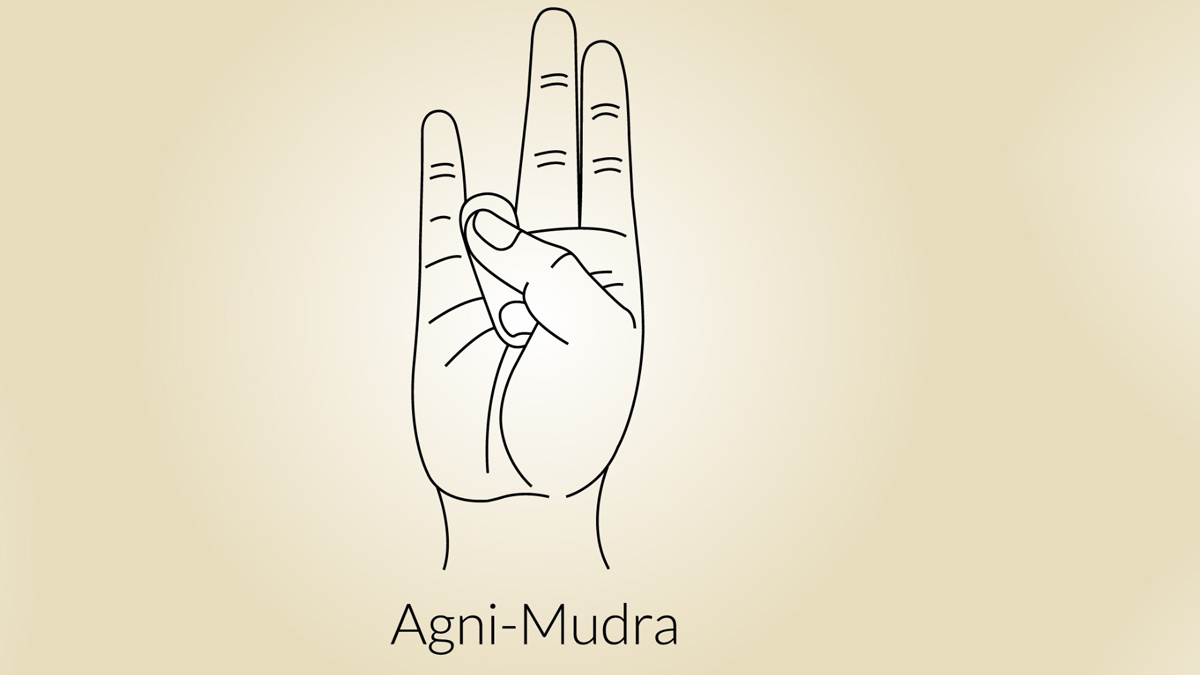

Comments
Post a Comment